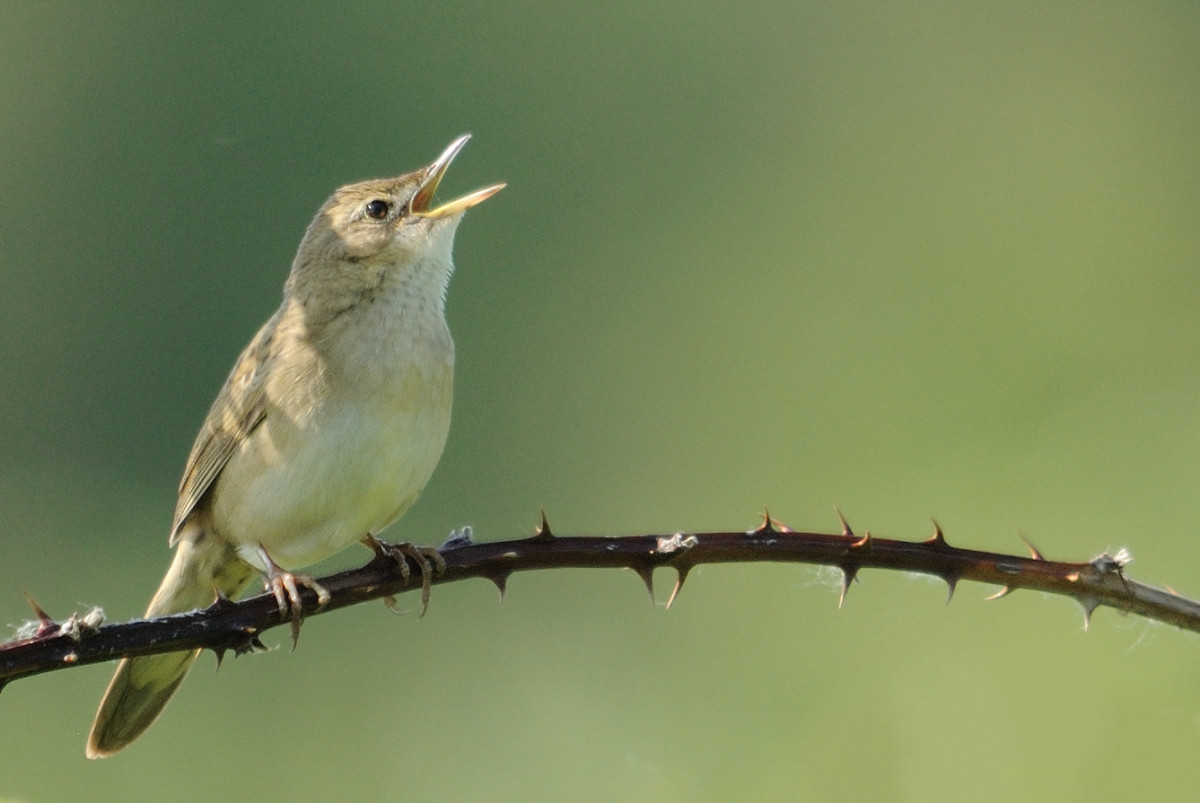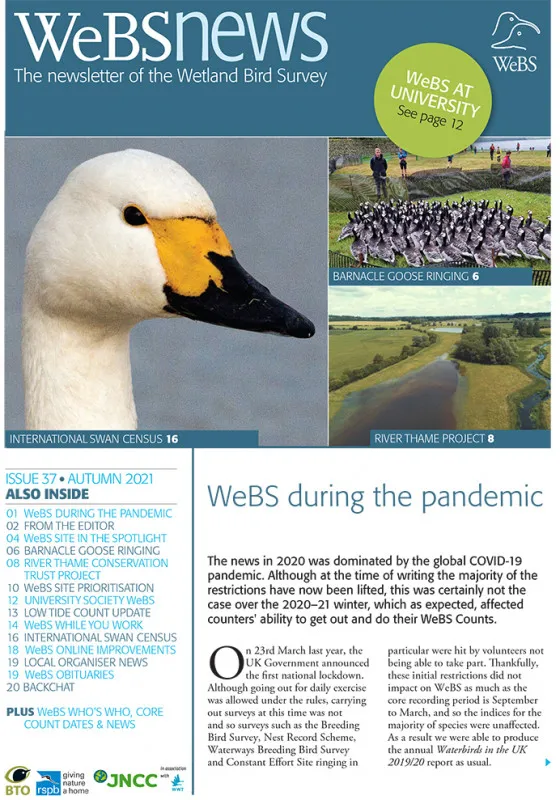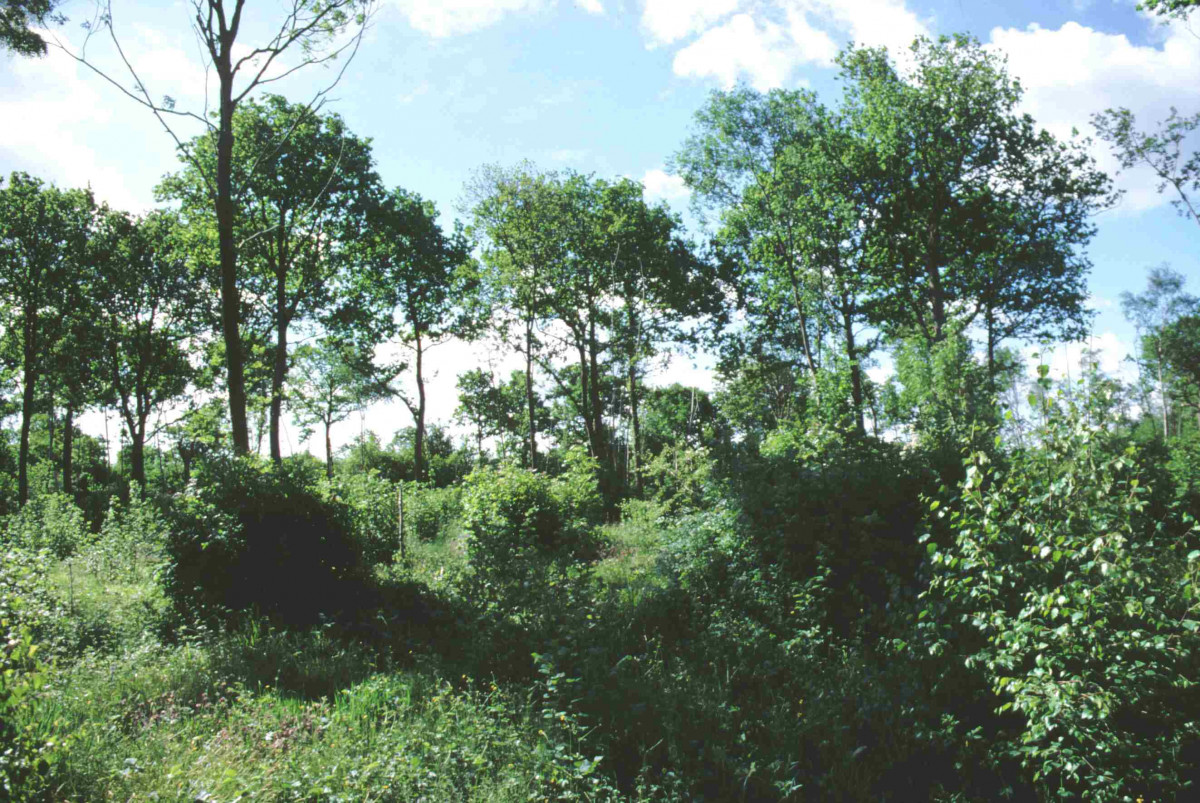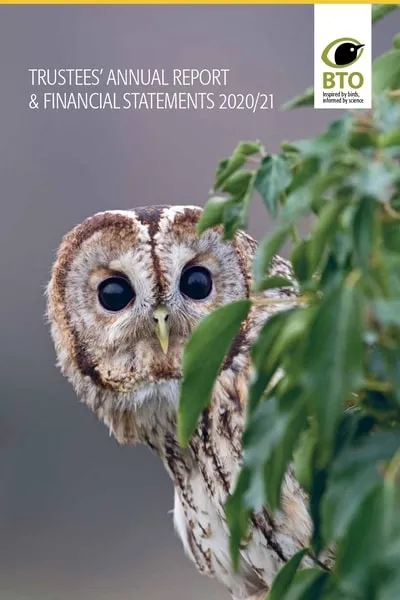BTO create and publish a variety of important articles, papers, journals and other publications, independently and with our partners, for organisations, government and the private sector. Some of our publications (books, guides and atlases) are also available to buy in our online shop.
Annual report of the Seabird Monitoring Programme
Seabird Population Trends and Causes of Change: 1986–2023
This report presents the latest seabird population trends in breeding abundance and productivity using data from the Seabird Monitoring Programme (SMP).
The report documents changes in the abundance and productivity of breeding seabird species in Britain and Ireland from 1986 to 2023, and provides a detailed account of the 2021, 2022 and 2023 breeding seasons.

Search settings
Climate Change and the UK's Birds
Author: Pearce-Higgins, J.W.
Published: 2021
In this report we show how climate change is already impacting the UK’s birds. Our internationally important breeding seabird populations and unique assemblage of upland breeding birds are already negatively affected and appear most vulnerable to future change. Many southern species and widespread resident species are increasing in response to warmer temperatures.Overall, a quarter of our breeding species appear to be negatively affected and a quarter may be responding positively; the remaining breeding species that have been studied appear relatively unaffected by climate change. There are significant gaps in our knowledge for other species, notably our wintering bird populations.
04.11.21
Reports Research reports

Bird population declines and species turnover are changing the acoustic properties of spring soundscapes
Author: Morrison C.A., Auniņš A., Benkő Z., Brotons L., Chodkiewicz T., Chylarecki P., Escandell V., Eskildsen D.P, Gamero A., Herrando S., Jiguet F., Kålås J.A., Kamp J., Klvaňová A., Kmecl P., Lehikoinen A., Lindström Å., Moshøj C., Noble D.G., Øien I.J., Paquet J-Y., Reif J., Sattler T., Seaman B.S., Teufelbauer N., Trautmann S., van Turnhout C.A.M., Vořišek P. & Butler S.J.
Published: 2021
Bird song helps us to build and maintain connections with the natural world and is a core component of natural soundscapes. Song, and in particular the diversity of that song at a given location, plays an important role in defining the quality of our engagement with soundscapes. Natural soundscapes vary with season, differ between locations, and will have changed over time, not least because of the long-term declines documented in bird populations across the globe. Widespread reductions in bird abundance and species richness are likely to have reduced the quality of our connections with natural soundscapes, and this is something that is explored in this paper, led by Cat Morrison at the University of East Anglia.The lack of historical recordings makes it difficult to assess how the quality of natural soundscapes might have changed over time. While we can compare recently recorded soundscapes with future ones, those from today are already degraded and we lack baseline data on how they would have once sounded. This new work uses a novel approach, reconstructing ‘lost’ soundscapes from the information collected by volunteers for bird surveys operated across Europe and North America, including data submitted through the BTO/JNCC/RSPB Breeding Bird Survey.By combining these survey data with recordings for over 1,000 species, taken from the online Xeno Canto database of bird songs and calls, the authors reconstruct soundscapes at more than 200,000 locations over the past 25 years. The protocol used for constructing these soundscapes applied the same rules for translating survey data into soundscape contribution across all species; while imperfect, because it does not capture variation in how often and for how long different species vocalise, the approach does reflect much of the inherent variation between species and provides valuable insight to how these communities would have sounded at different points in time.The acoustic properties of the reconstructed soundscapes could then be explored statistically through a series of standard measures, capturing the richness, evenness, amplitude and heterogeneity of each soundscape. While these measures broadly mirror avian species richness and abundance, they are primarily driven by song complexity and diversity across the contributing species. Because of this, the measures describe the key components of these soundscapes, predicted to underpin public perceptions of the quality of their experience of the natural world.The analysis reveals variation in soundscape quality, both across sites and over time. The results reveal a chronic deterioration in soundscape quality, defined as a reduction in acoustic diversity and/or intensity, across both North America and Europe. Sites that have experienced the largest declines in total abundance and/or species richness also show larger declines in acoustic diversity and sound intensity. However, it is important to note that the initial structure of each bird community, together with how the characteristics of individual songs and calls complement each other, also plays an important role. Ongoing declines in bird populations are expected to cause further reductions in attributes of soundscape acoustics and, by extension, a continued decline in the quality of our experience of the natural world.
02.11.21
Papers


Woodland management and birds. Part 2. Conservation measures and strategies
Author: Fuller, R.
Published: 2021
01.10.21
Papers

Annual Report & Accounts 2020/21
Author:
Published: 2021
This year has seen the challenge of the COVID-19 pandemic, and the consequent restrictions on travel and social gatherings. For many people, nature has been a vital source of comfort that has contributed greatly to physical and mental health and well-being during this difficult period.
14.09.21
Reports
